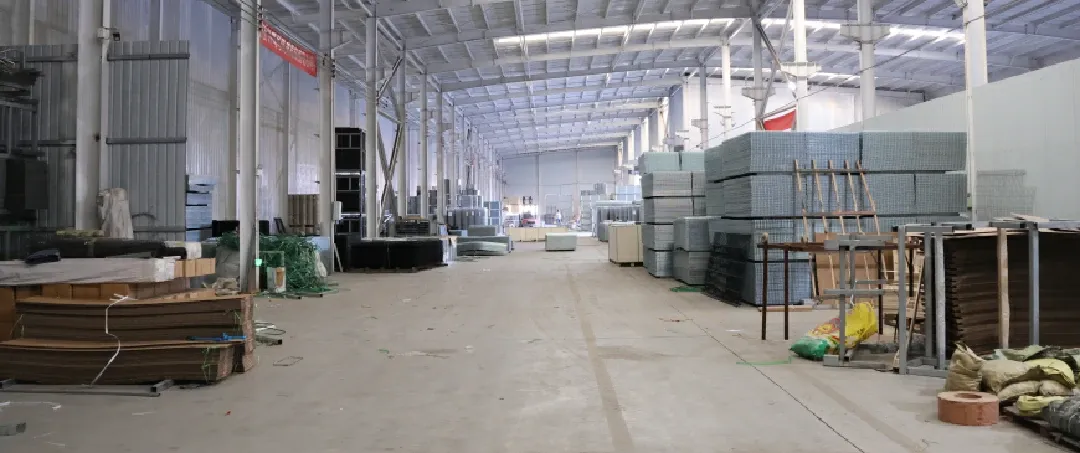Top Wire Screen Manufacturers for High-Quality Filtration Solutions in Various Industries
The Wire Screen Manufacturing Industry An Overview
Wire screens are essential components in various industries, including mining, agriculture, construction, and food processing. They are primarily used for filtration, separation, and screening applications. The manufacturing of wire screens involves several processes, including wire drawing, weaving, and finishing. This article provides insight into the wire screen manufacturers, their production processes, and the applications of wire screens in various sectors.
Understanding Wire Screen Manufacturing
Wire screen manufacturers produce a wide range of products, including woven wire mesh, welded wire mesh, perforated sheets, and specialty screens. The raw materials used in manufacturing wire screens typically include stainless steel, carbon steel, copper, and various alloys, depending on the application. The choice of material impacts the screen's durability, filtration efficiency, and corrosion resistance.
The manufacturing process starts with wire drawing, where metal rods are drawn through a series of dies to create thinner wires of specific gauges. This is a crucial step as the gauge of the wire determines the screen's openness and weave pattern. After the wires are drawn, they are woven or welded together to create the desired mesh size and pattern. Woven wire mesh is made by interlacing the wires, while welded wire mesh involves fusion welding at the crossings.
Post-manufacturing processes include cutting, finishing, and surface treatment, which enhances the wire screen's performance and lifespan. Common surface treatments include galvanization, powder coating, and anodizing, which provide added resistance to rust and corrosion.
Applications of Wire Screens
Wire screens are versatile and find applications across various sectors
1. Mining and Mineral Processing In the mining industry, wire screens are crucial for separating minerals from ores and for dewatering processes. Heavy-duty wire mesh is used to withstand the harsh conditions of this industry.
wire screen manufacturers

2. Agriculture Farmers utilize wire screens for grain sorting and drainage systems. They ensure that soil and water filtration allows for healthy crop growth while keeping unwanted materials out.
3. Construction In construction, wire screens are used in concrete reinforcement and as safety barriers. They are also employed in road construction to separate aggregate materials.
4. Food and Beverage Wire screens play a significant role in food processing for sifting, filtering, and drying processes. Stainless steel screens are especially favored in this industry due to their hygienic properties and resistance to corrosion.
5. Wastewater Management Wire screens are used in wastewater treatment plants for solid-liquid separation. They help in filtering out debris and contaminants before wastewater passes through other treatment processes.
The Future of Wire Screen Manufacturing
As industries evolve, so do the demands for wire screens. Manufacturers are increasingly focusing on innovation, using advanced technologies such as automated weaving and laser cutting to improve precision and efficiency. Additionally, there is a growing emphasis on producing eco-friendly and sustainable products, leading to research into biodegradable materials and sustainable manufacturing practices.
The demand for wire screens is expected to increase, particularly in developing markets where industrialization is on the rise. As more industries adopt automation and advanced filtration technologies, manufacturers must adapt to these changes to stay competitive in the market.
Conclusion
Wire screen manufacturers play a vital role in various industries, providing essential products that aid in filtration, separation, and screening. With ongoing advancements in manufacturing techniques and material science, the wire screen industry is poised for growth, driven by the increasing demand for high-quality, durable, and efficient screening solutions. As industries continue to innovate and expand, wire screen manufacturers must remain agile and responsive to the changing needs of their clients, ensuring that they continue to be a critical component of industrial processes worldwide.
-
Innovations in Razor Barbed Wire Design TechnologyNewsAug.11,2025
-
Roofing Nail Compatibility with Different Metal Roof TypesNewsAug.11,2025
-
Welded Wire Mesh for Rockfall Protection BarriersNewsAug.11,2025
-
Galvanized Wire Corrosion Resistance TestingNewsAug.11,2025
-
3D Fence Solutions Preventing Bird CollisionsNewsAug.11,2025
-
Using Chain Link Fence for Urban Garden SupportNewsAug.11,2025




